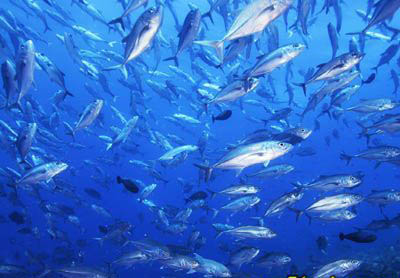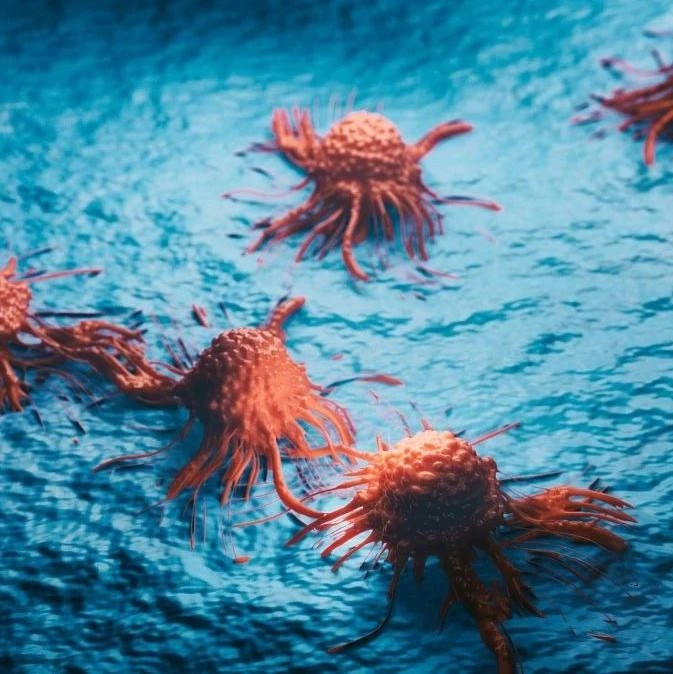摘要:来自西班牙的加利西亚团队研究人员使用了法医种线粒体DNA鉴定技术来区分沙丁鱼和竹荚鱼。就算这些鱼是罐装的或者被处理过的,这种方法都能够让我们从基因的角度来区分它们,而且这种方法还可以让我们监测渔业资源被利用的程度。

竹荚鱼

沙丁鱼
DNA from the mitochondria -- cell organelles -- is ideal for distinguishing between species. One of its components in particular, cytochrome b, is a genetic marker that scientists use to establish relationships between genera and families, and is also used by some forensic laboratories to identify animals that appear at crime scenes (cats or insects, for example).
Now, for the first time, researchers from the National Association of Manufacturers of Canned Fish and Shellfish (ANFACO-CECOPESCA, Spain) have used this technique in order to genetically identify small pelagic (non-coastal) species, such as sardines and horse mackerel. This study was supported by the European Fisheries Fund (EFF) and Spain's Ministry of the Environment and Rural and Marine Affairs (MARM).
"These molecular tools represent a great step forward for the sector, since they enable fisheries imports to be monitored and tracked, and also ensure they are correctly labelled," Montserrat Espiñeira, a biologist for ANFACO-CECOPESCA and lead researcher of the study, said.
By using this method, the team was able to identify more than 20 species from the sardine group (genera such as Sardina, Sardinella, Clupea, Ophistonoma and Ilisha) and a similar number of horse mackerel species (Trachurus, Caranx, Mullus, Rastrelliger and others), originating from seas all over the world.
The methodology involved gathering a sample of mitochondrial DNA from the fish (even if it was canned or processed), amplifying a fragment of cytochrome b (using a polymerase chain reaction -- PCR) and, lastly, carrying out a phylogenetic analysis by obtaining a "forensically informative nucleotide sequencing" (FINS).
The research on the sardines was published this month in the journal European Food Research and Technology, while the one on the horse mackerel was issued in March in the Journal of Agricultural and Food Chemistry.
The researchers are now focusing on analysing the distinct organoleptic, microbiological, physical-chemical and nutritional properties of the species analysed, and are also looking into whether some currently unexploited species could be of interest from a consumer perspective. "The end goal is to improve the management of fisheries resources and ensure they are sustainably exploited," explains Espiñeira.
The team is also developing rapid molecular identification methodologies (based on the Real Time-PCR technique), which will make it possible to distinguish between the most commercially-valuable small pelagic fish species -- the European anchovy (Engraulis encrasicolus), the European sardine (Sardina pilchardus) and the main species of horse mackerel (Trachurus trachurus) -- simply and in less than three hours.







